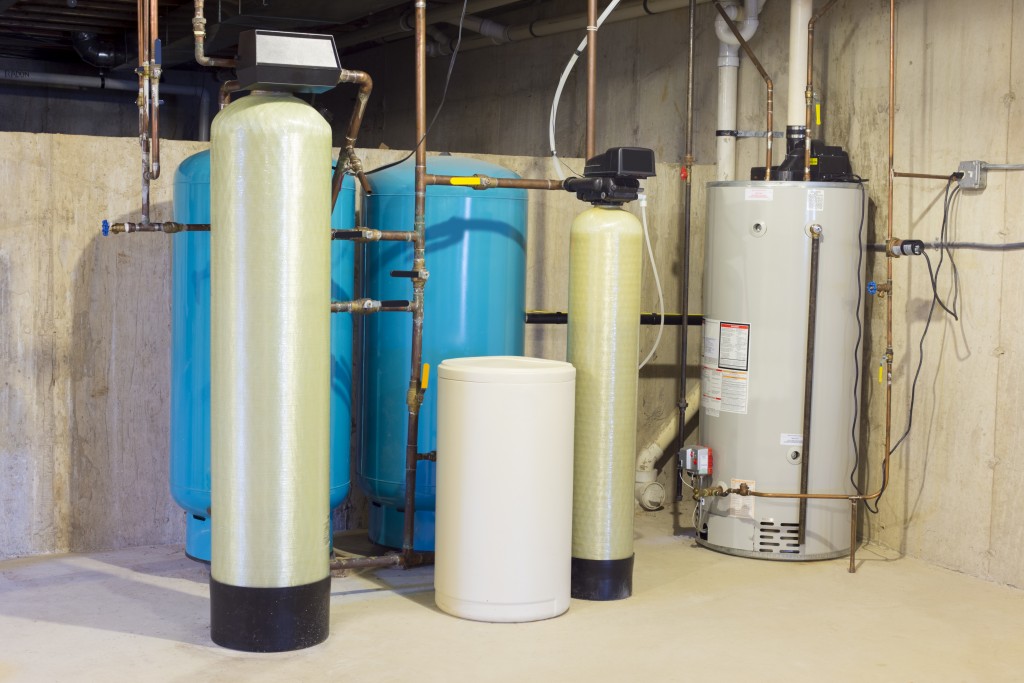Have you ever wondered why people think that the Third World War will emanate from the water crisis? The global population is growing exponentially yet this precious resource continues to be scarce. In this regard, water purification systems are of great importance. Many purification systems have been devised, some very advanced and others simple. Here is a run-down of popular technologies in the market.
1. Reverse Osmosis (RO)
This is probably the most popular water purification system today. It removes germs, salts and impurities from water using membrane technology. The fine pores in the membrane allow only water to pass to get rid of chemicals and germs. An RO membrane pore measures a mere .0005 micron. While there are challenges of RO changing the taste of water by removing some crucial minerals, modern processes are built to retain some minerals. In this process, feed water pumps through the input side of the RO membrane in a cross-flow manner and under intense pressure (up to 15-bar). The RO membrane is capable of removing nearly all organic impurities, all particulates and majority of ionic impurities. A concentrate water stream carries these impurities away from the RO module.
2. Activated Carbon Filter
The major components in this technology are carbon filters. These filters are capable of removing a wide range of impurities and chemicals such as pesticides and chlorine. A large surface area carrying tiny pores allows for both catalytic decomposition and adsorption of impurities. This makes the technology suitable for final purification cartridges and pre-treatment cartridges. Unfortunately, the water loses odour and taste. You will note that often, this method is used in tandem with other filtration technologies, as it is mostly an effective pre-treatment process.

3. Ion Exchange
The ion exchange process is simple and is depicted by the name. It involves the exchange of ions as the water passes ion-exchange resins, which are spherical. Ions in the water are replaced with other ions. The ion exchange process can further be divided into deionisation and softening. The process presents several advantages including a relatively cheap initial investment and capability to remove dissolved inorganics. Unfortunately, it is not effective in the removal of bacteria or particles. Also, the long-term operating costs of the process tend to be high.
4. E-boiling or Ultraviolet Purification
Ultraviolet water purification is a process that uses the power of UV light to get rid of cysts, microbes, germs and so on. This method is simple but very effective, offering a success percentage of up to 99.99% in the elimination of harmful organisms. A small mercury lamp embedded in the water purifier produces UV radiation that penetrates viruses and bacteria, stopping them from multiplying. For sanitising treatment, UV purification has been hailed as very effective. Unfortunately, it reduces water resistivity and does not remove particles.
Conclusion
Each of these water purification systems and several others not featured tends to be effective in the removal of specific contaminant(s). A reliable purification system combines the benefits of several technologies to optimise the process. In the end, you have water that is free of organic, microbial and ionic contaminants.
